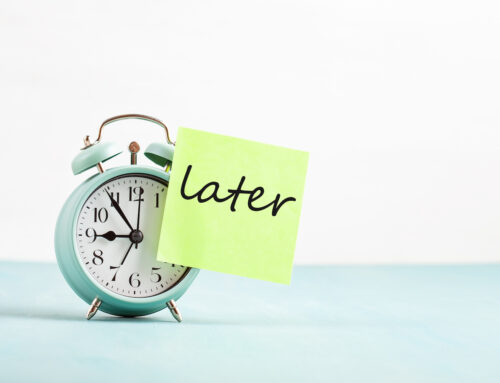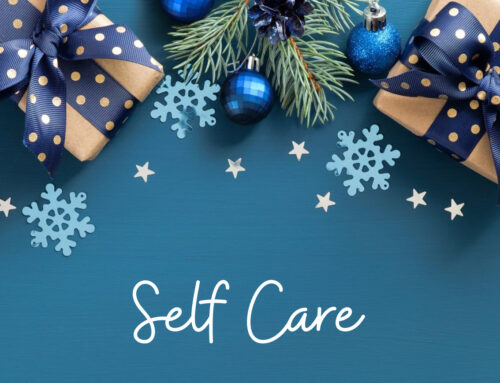By Samantha Congdon, LMFT
Yoga continues to increase in popularity with peers raving about the physical, mental, and emotional benefits. However, for many people, getting into their first class can be intimidating and anxiety provoking. As a certified yoga instructor who enjoys incorporating yoga into my therapeutic practice, I often hear clients say “what if I don’t know the poses?” or “I don’t have a yoga body.” There is a misconception that you must look a certain way, know everything before joining a class, or have a certain level of flexibility to do yoga. The truth is yoga is for everyone! So, let’s explore the basics of yoga so you can go into a class with less fear and more confidence.
Yoga has a long and rich history, but there is still much uncertainty of its original origins. Over 5,000 years ago in Northern India, the theory and practice of yoga were clearly documented and began its development. Yoga is translated from Sanskrit, the original language of yoga, as “union.” Therefore, the meaning of yoga is the coming together of the mind and the body by use of breath. When I received my 200 hour Teacher Training in Rishikesh India, we learned that yoga is a lifestyle, and the poses we do in class are only a part of the practice of yoga.
The word pose is derived from the Sanskrit word asana. New York Times writes about the 10 common poses you will do the most frequently in a regular yoga practice:
1. Childs Pose
2. Downward-Facing Dog
3. Plank Pose
4. Chaturanga or Four-Limbed Staff Pose
5. Cobra Pose
6. Tree Pose
7. Triangle Pose
8. Seated Half-Spinal Twist Pose
9. Bridge Pose
10. Corpse Pose
The article, Yoga For Everyone, briefly describes the different types of yoga classes you can choose from. Starting with the most popular class Vinyasa or Vinyasa Flow, which consists of an energetic flowing sequence of yoga poses. In Vinyasa, you may see that different levels are offered such as beginner, intermediate, or advanced which include inversions such as headstands/arm stands. If you are into strength building or a challenge, you may want to opt for a Power Flow class, or an Ashtanga class which consists of a progressive series of yoga sequences. Hatha yoga is another popular class that focuses on the combination of poses and breathing; this practice can be gentle or challenging. If you really want to sweat, try Bikram or Hot Yoga but make sure you hydrate before and after!
If you prefer a class where you can slow down and sink into relaxation, try a Restorative Yoga, or Yin Yoga class. Restorative Yoga incorporates slow movements and light twists, whereas Yin Yoga aims at holding relaxing poses for long periods to stretch the connective tissues to improve flexibility. For beginners, I find these to be the best classes to start with, because it is slow and you can learn more about the poses. Yoga Nidra is more of a meditative class where you lie on your back in a comfortable position and the teacher guides you to focus on relaxing different parts of the body. Whatever class you choose, I encourage you to tell the instructor this is your first class so they can help you with poses. Be sure to tell the instructor if you have any physical limitation or health problems so they can modify certain poses for you.
Lastly, a few friendly tips when you enter your first yoga class. It truly does not matter what brand of clothing you wear, just make sure you wear something comfortable that you can move in. It is better to wear form fitting clothing to decrease the chance of your shirt falling forward in downward dog. If you do not have a mat, most studios have them for a small fee to rent. Take your socks off so you don’t slip, arrive at least 5 minutes before the class, turn your phone off, take breaks when needed, and drink plenty of water after class.
A national survey from 2012 shares that 86% of adults who practice yoga said it helped reduce stress, and 67% said it helped them feel better emotionally (www.nccih.nih.gov). When trying something new, be kind to yourself and try not sweat the small stuff. It is called a yoga practice because it is just that, a place where you can practice poses, stretching and relaxation. So, remember to breathe and go with the flow.
References:
Couturier, K. Yoga For Everyone. New York Times. https://www.nytimes.com/guides/well/beginner-yoga
Upham, B. July 6, 2020. Yoga 101: The Poses, The Types, The Health Benefits, And If You Are a Beginner, How to Get Started On The Mat. https://www.everydayhealth.com/yoga/
Yoga for Anxiety and Depression. April 2009. Harvard Health Publishing. https://www.health.harvard.edu/mind-and-mood/yoga-for-anxiety-and-depression
Yoga: What You Need To Know. National Center for Complementary and Integrative Health. https://www.nccih.nih.gov/health/yoga-what-you-need-to-know






